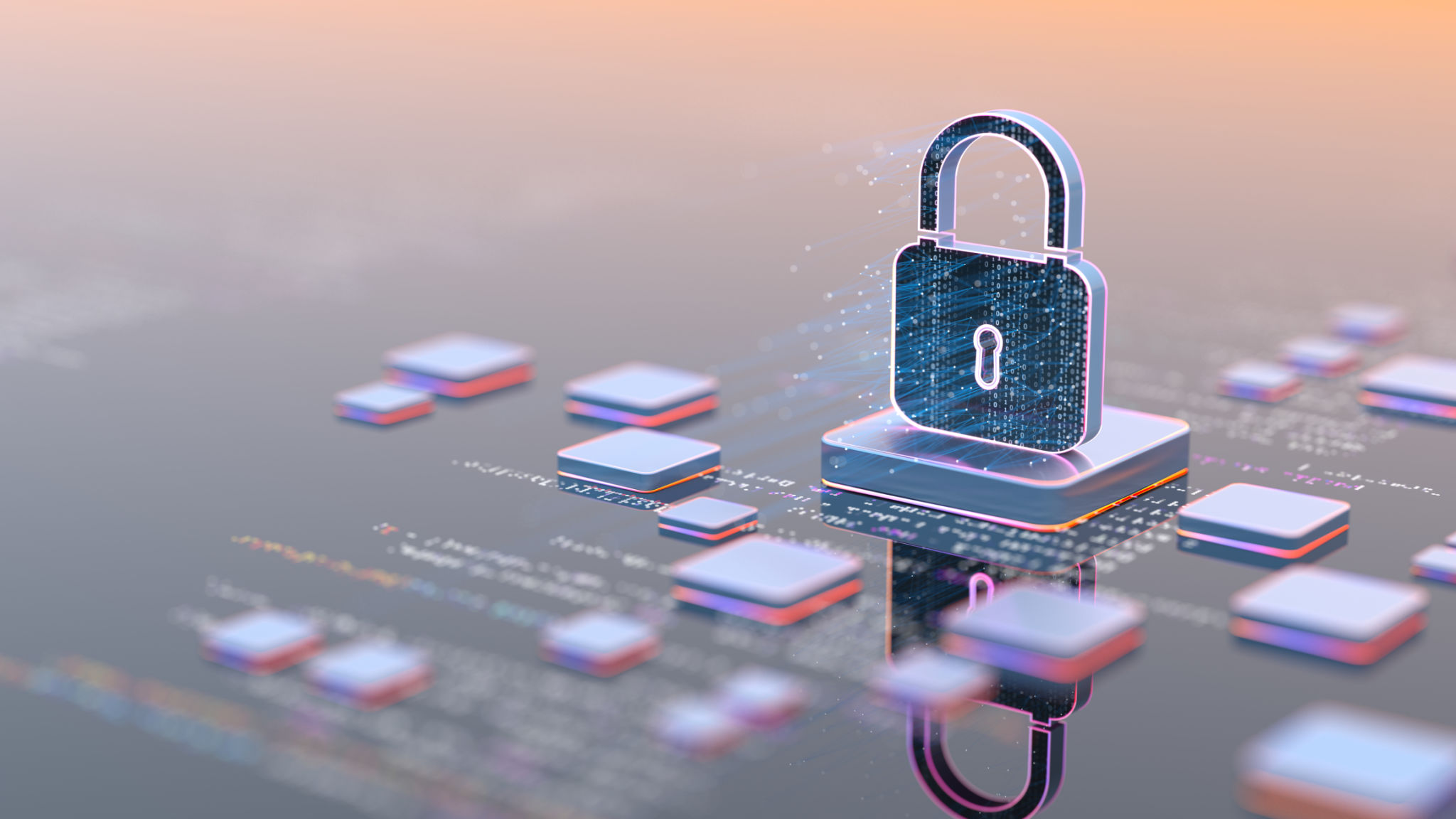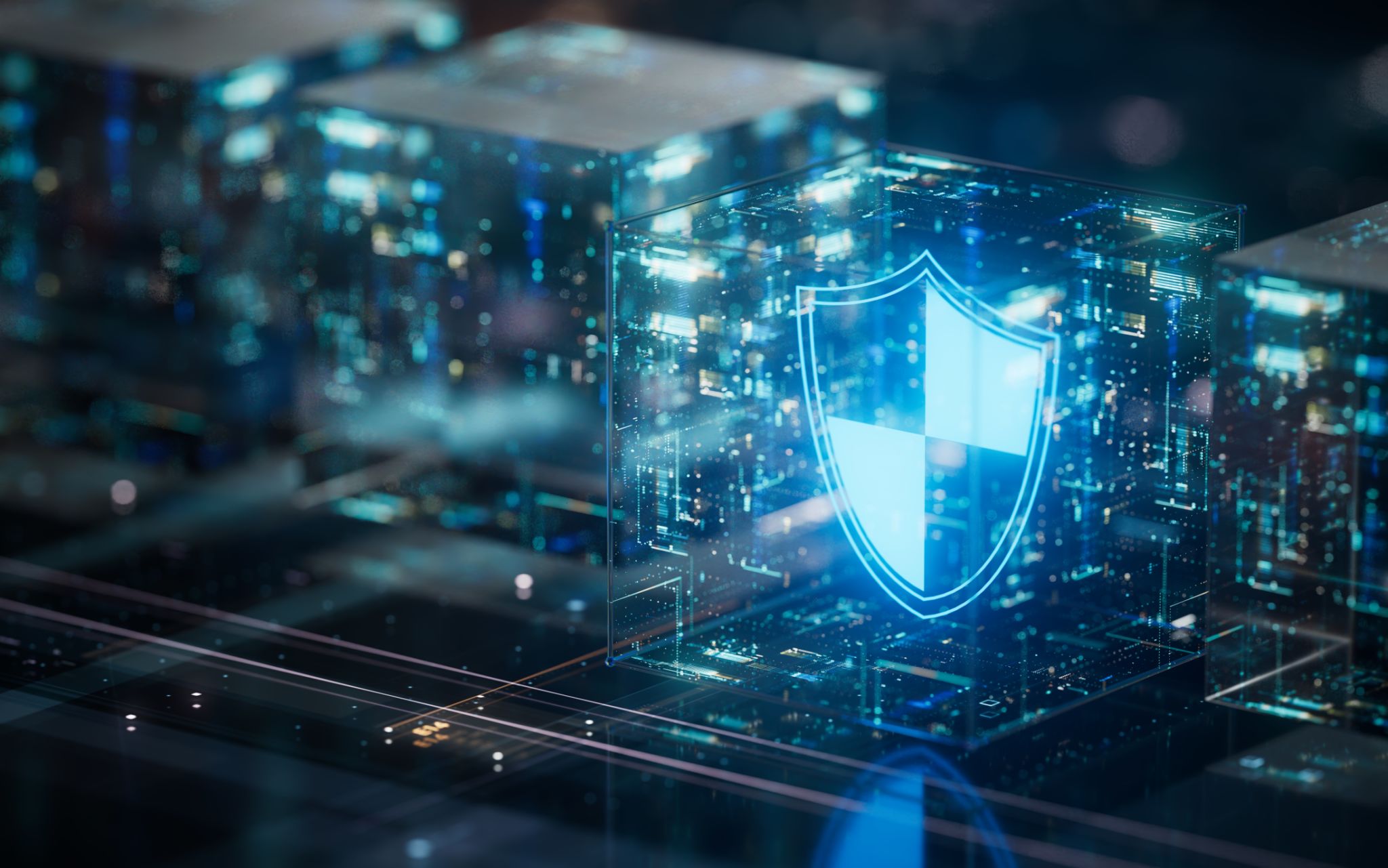Securing Blockchain Platforms: A Comprehensive Guide to Cybersecurity
Understanding Blockchain Security
In the rapidly evolving digital landscape, blockchain technology has emerged as a revolutionary tool for secure transactions and data management. However, like any digital platform, it is not immune to cyber threats. Ensuring the security of blockchain platforms is crucial for maintaining trust and integrity in this decentralized system. This guide delves into the critical aspects of securing blockchain platforms, offering insights into cybersecurity strategies.
Blockchain's decentralized nature offers enhanced security compared to traditional systems, as it eliminates a single point of failure. Yet, it is essential to recognize that the security of a blockchain platform depends on its underlying protocols and the implementation of robust cybersecurity measures. Understanding these elements is the first step towards safeguarding your digital assets.

Identifying Common Threats
Despite its secure design, blockchain platforms are susceptible to various cyber threats. One of the most common attacks is the 51% attack, where a single entity gains control over more than half of the network's mining power. This control allows them to manipulate transactions and potentially double-spend coins.
Another prevalent threat is phishing attacks, where attackers deceive users into revealing sensitive information like private keys. Phishing is particularly dangerous because it exploits human vulnerabilities rather than technical weaknesses. Additionally, smart contract vulnerabilities can lead to severe financial losses if exploited by hackers.

Implementing Robust Security Measures
To mitigate these risks, implementing robust security measures is paramount. Start by ensuring that blockchain infrastructure is built on secure coding practices. Regular audits and code reviews can help identify and rectify potential vulnerabilities in smart contracts and protocols.
Furthermore, employing multi-signature wallets can enhance security by requiring multiple approvals for transactions. This approach minimizes the risk of unauthorized access or transactions. Additionally, educating users about safe practices, such as verifying sources and using two-factor authentication, can significantly reduce phishing risks.
The Role of Encryption and Privacy
Encryption plays a pivotal role in securing blockchain platforms. By encrypting data, sensitive information is protected from unauthorized access. End-to-end encryption ensures that only intended parties can decode the messages or data exchanged on the blockchain network.
Privacy-preserving technologies, such as zero-knowledge proofs, offer additional layers of security by enabling verification without revealing underlying data. These technologies are vital for maintaining confidentiality and trust within blockchain ecosystems.

Future Trends in Blockchain Security
As blockchain technology continues to evolve, so do the methods for securing it. One emerging trend is the use of artificial intelligence (AI) to predict and counteract cyber threats in real-time. AI algorithms can monitor network activity and identify anomalies that may indicate potential breaches.
Additionally, the integration of quantum computing poses both challenges and opportunities for blockchain security. While quantum computing could potentially break current encryption methods, it also opens avenues for developing new, more secure encryption techniques.
Conclusion: A Proactive Approach
Securing blockchain platforms requires a proactive and comprehensive approach that integrates technology, best practices, and continuous education. By understanding potential threats and implementing robust security measures, users and organizations can protect their digital assets and maintain trust in blockchain systems.
As the digital landscape evolves, staying informed about the latest cybersecurity trends and advancements will be essential for ensuring the longevity and reliability of blockchain platforms. By prioritizing security, stakeholders can harness the full potential of blockchain technology while safeguarding against cyber threats.

